Plastic aerosols in the atmosphere could affect the climate
Physics World
NOVEMBER 5, 2021
Tiny particles of plastic in the atmosphere can affect Earth’s climate, according to Laura Revell at the University of Canterbury in New Zealand and colleagues. Although the threats these microplastics pose to natural ecosystems are now being studied extensively, their influence on Earth’s climate is still virtually unknown.


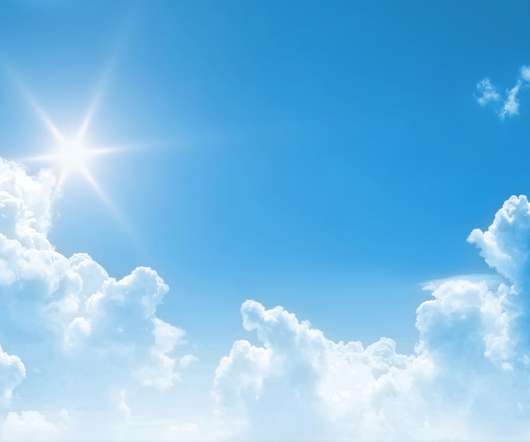
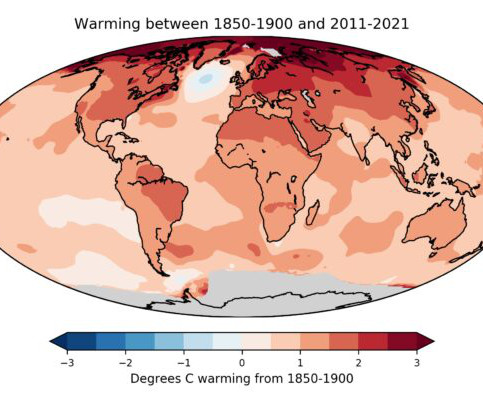
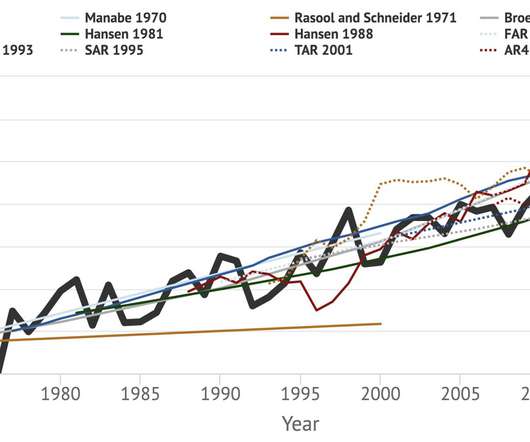
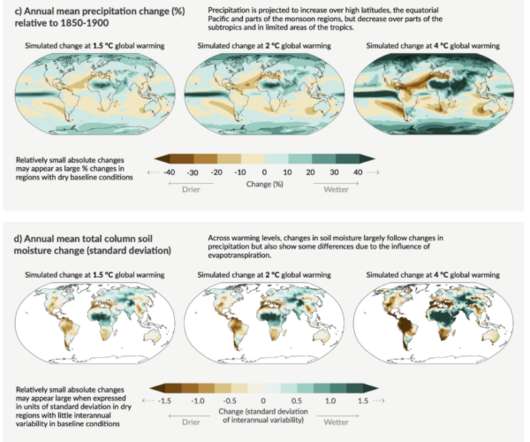
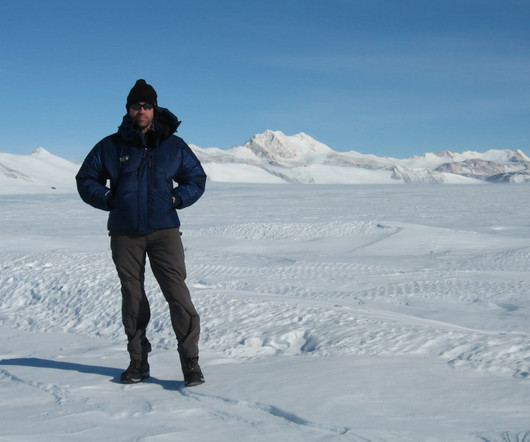
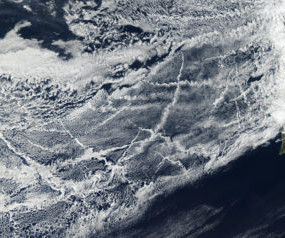
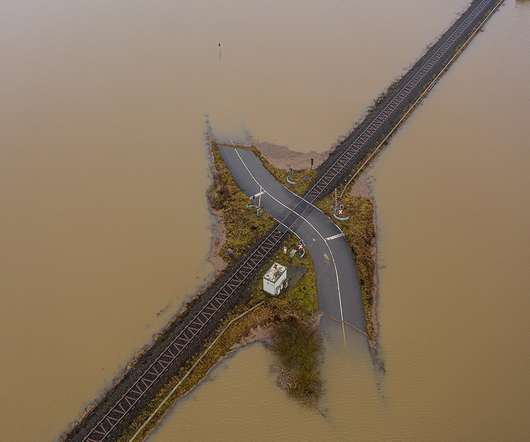






Let's personalize your content